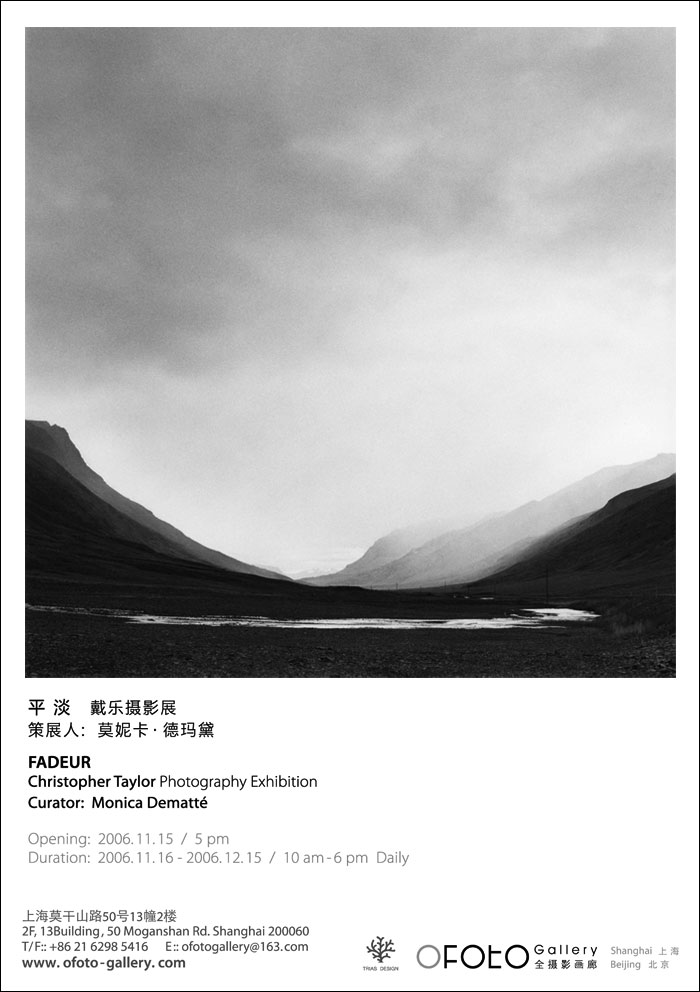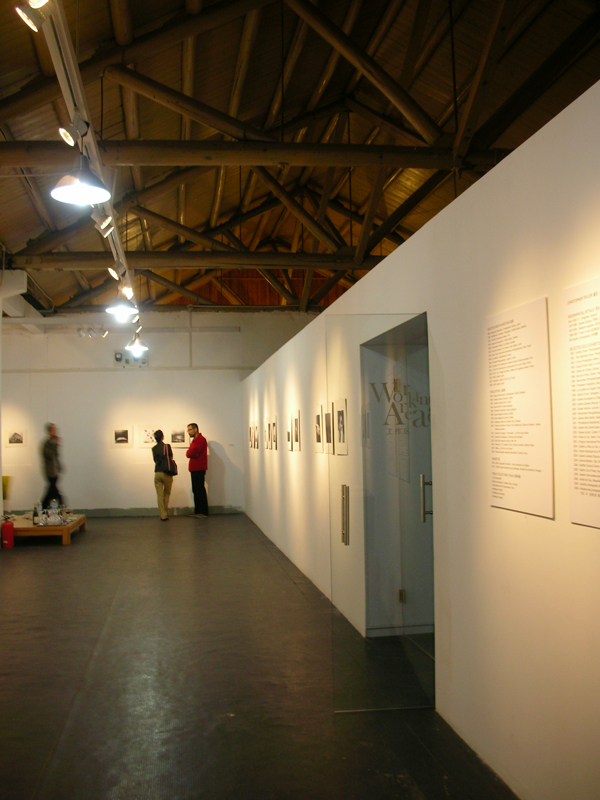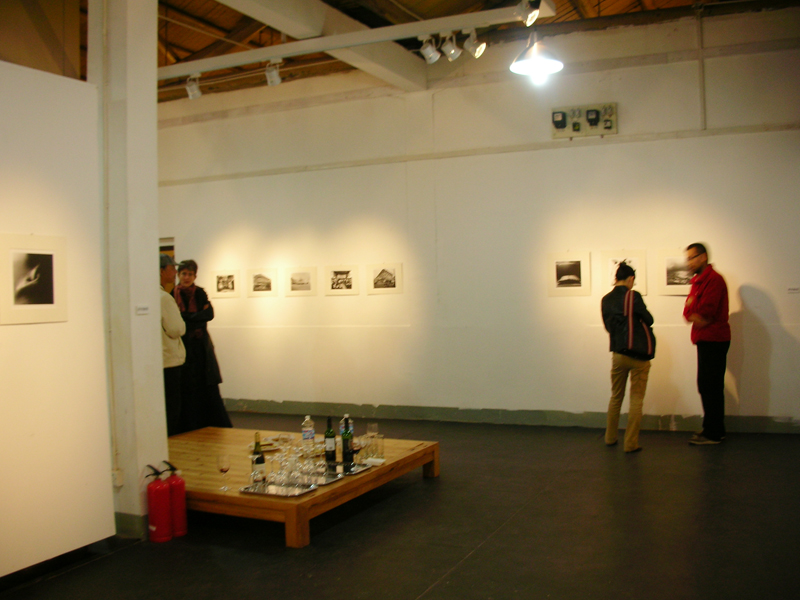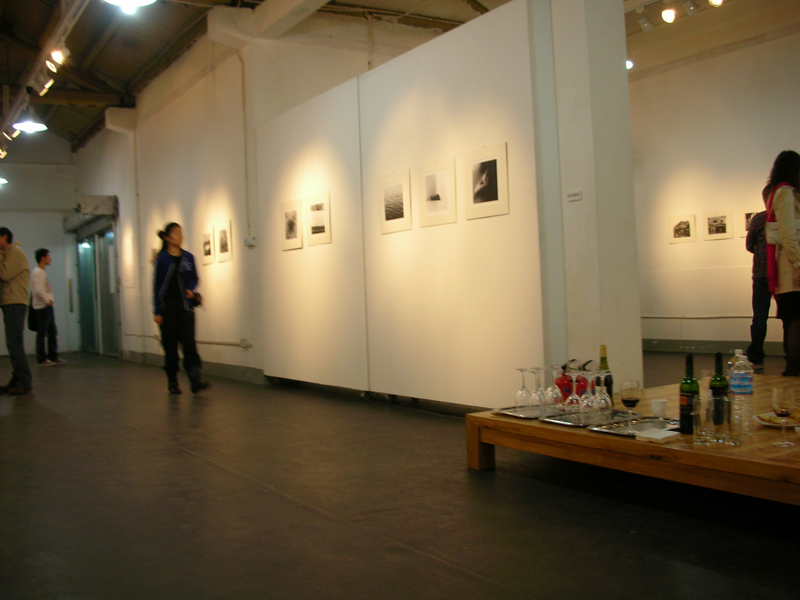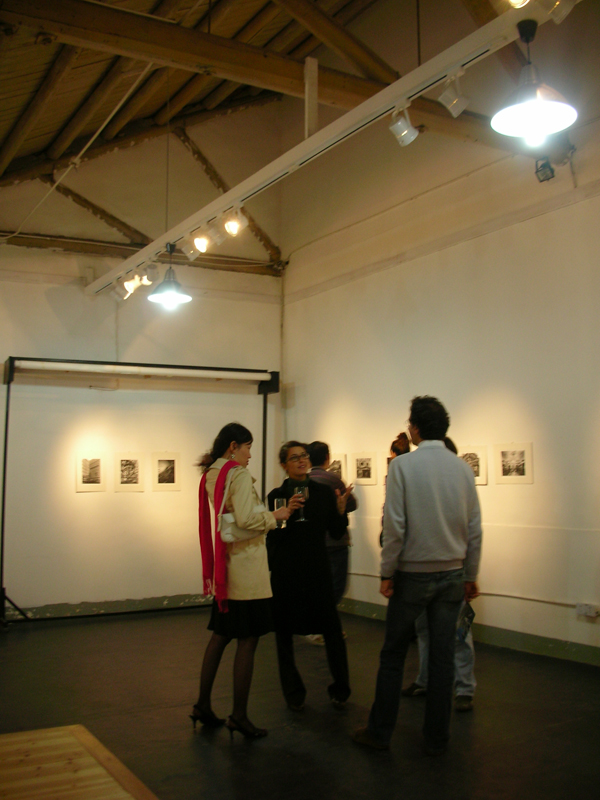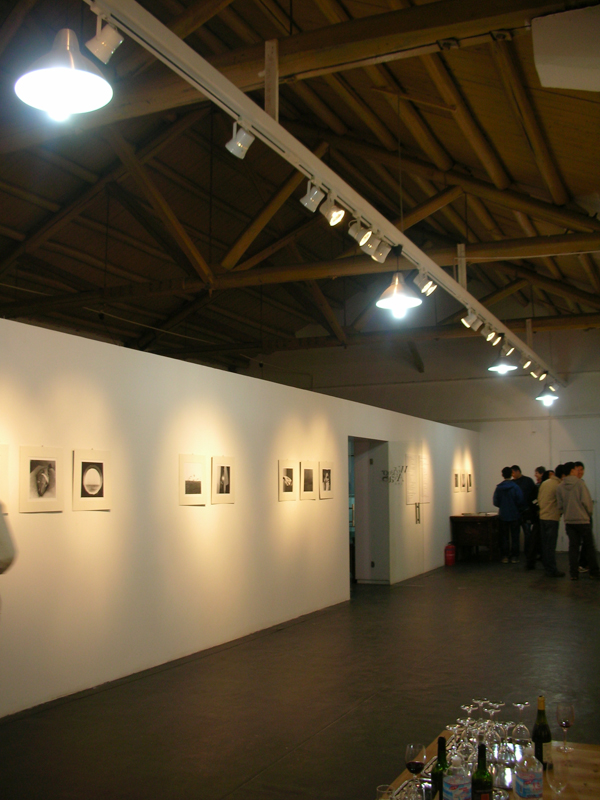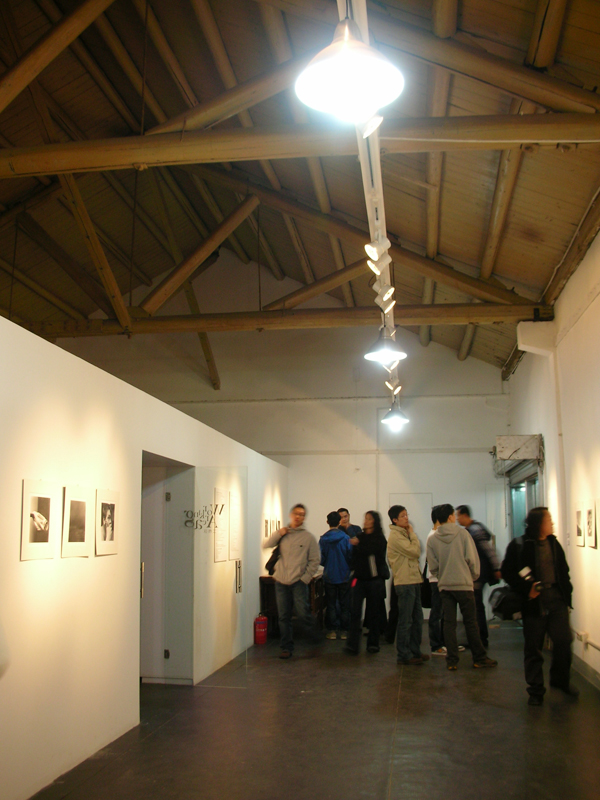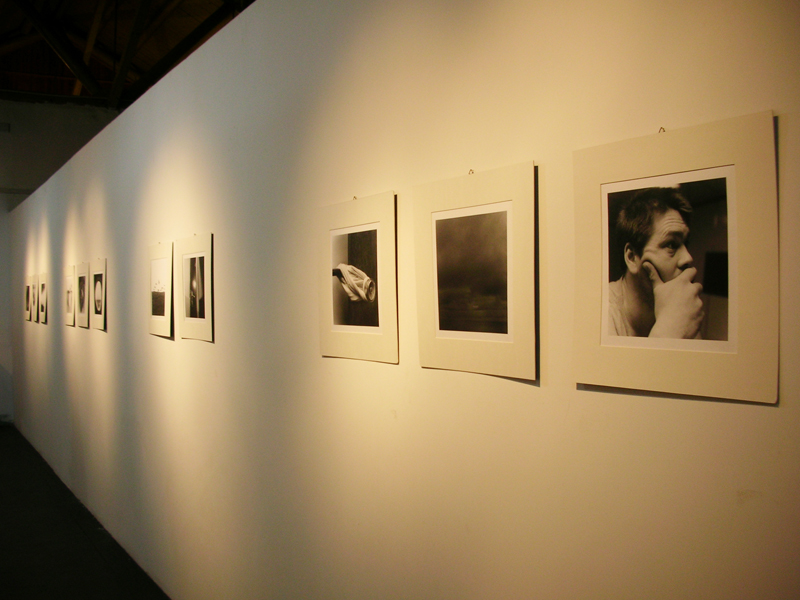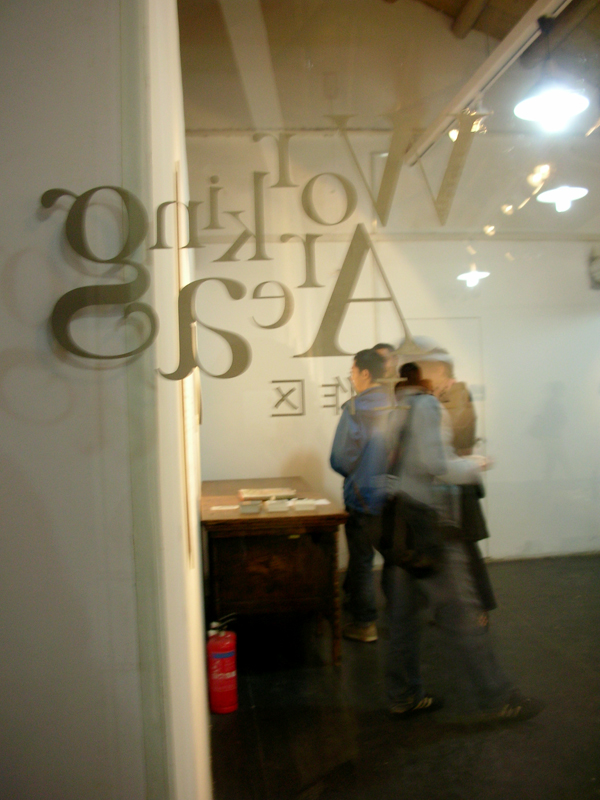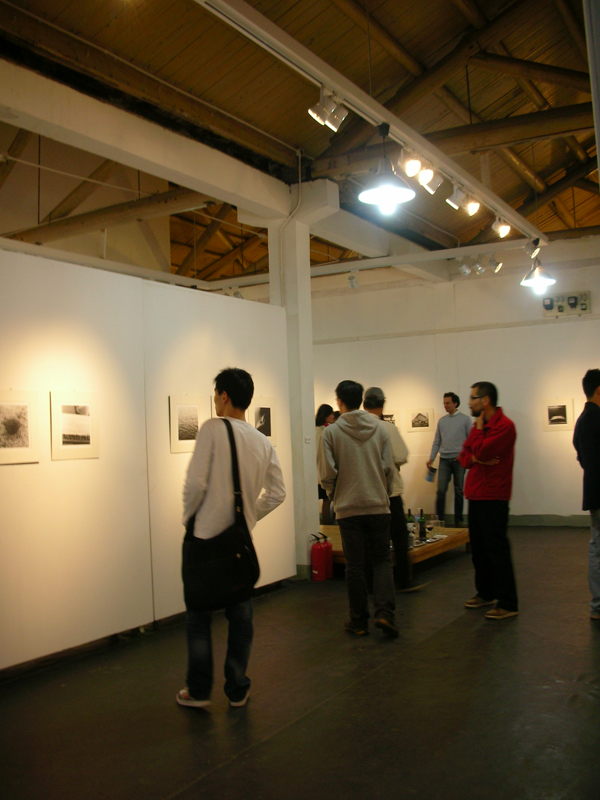Icelandic Series
by Christopher Taylor
As with Jules Verne's fictional "Journey to the centre of the Earth", this series started at the end of Snaefellsnes - a narrow peninsular in Iceland jutting into the North Atlantic, long held by Icelanders to be a place of mystic power - where an extinct volcano is topped by a glacier. Years previously, I had received a book as a gift from my mother-in-law. Knowing her to have little taste for literature, the book, with it's strange title "Christianity at Glacier" was placed on a shelf and forgotten about. I have made regular visits to Iceland since the early 80's in the company of my wife who is Icelandic. The book is by the Icelandic Nobel laureate for literature Haldor Laxness, who at the time was unknown to me. Years later, I rediscovered this novel and was very pleasantly surprised. Set at Snaefellsnes, it is a highly original account of an errant priest who based his faith in the force of nature (powerful and omnipresent in Iceland) rather than the Church. On a subsequent visit to Iceland, I went to Snaefellsnes where a nephew was working at a fish processing factory. This was the start of a series of photographs at various locations around the country, partly inspired by Laxness, but also more specifically relating to my wife's complex familiy history to which they all refer in one way or another.
Red Square
Christopher Taylor
Red Square is the extension of a project started in 2003 on the colonial architecture of Bombay and Calcutta in India. These cities were already known to me, and Calcutta in particular initially struck me by a resemblance to London. Both were, by and large, founded by the British and shaped in their image as symbols of power. Bombay was the centre of commerce, while Calcutta the colonial capital (until 1911) and second city of the empire. I wanted to explore the legacy of colonial rule and how it haunts the present - especially since this is a part of my own cultural heritage. For my orignal project, I decided to concentrate on photographing interiors, and the buildings that interested me were largely administrative, most still functioning in a system hardly changed since British rule. An exhibition of these photographs in Calcutta in 2005 (later that year shown at the Lianzhou photo festival) led to an invitation by a Bengali writer to work together on a book about the centre of Calcutta - it's current appearance in relation to a history of epic proportions. The images presented here represent a small selection of the photographs prepared for the book.
Red Square is the extension of a project started in 2003 on the colonial architecture of Bombay and Calcutta in India. These cities were already known to me, and Calcutta in particular initially struck me by a resemblance to London. Both were, by and large, founded by the British and shaped in their image as symbols of power. Bombay was the centre of commerce, while Calcutta the colonial capital (until 1911) and second city of the empire. I wanted to explore the legacy of colonial rule and how it haunts the present - especially since this is a part of my own cultural heritage. For my orignal project, I decided to concentrate on photographing interiors, and the buildings that interested me were largely administrative, most still functioning in a system hardly changed since British rule. An exhibition of these photographs in Calcutta in 2005 (later that year shown at the Lianzhou photo festival) led to an invitation by a Bengali writer to work together on a book about the centre of Calcutta - it's current appearance in relation to a history of epic proportions. The images presented here represent a small selection of the photographs prepared for the book.
